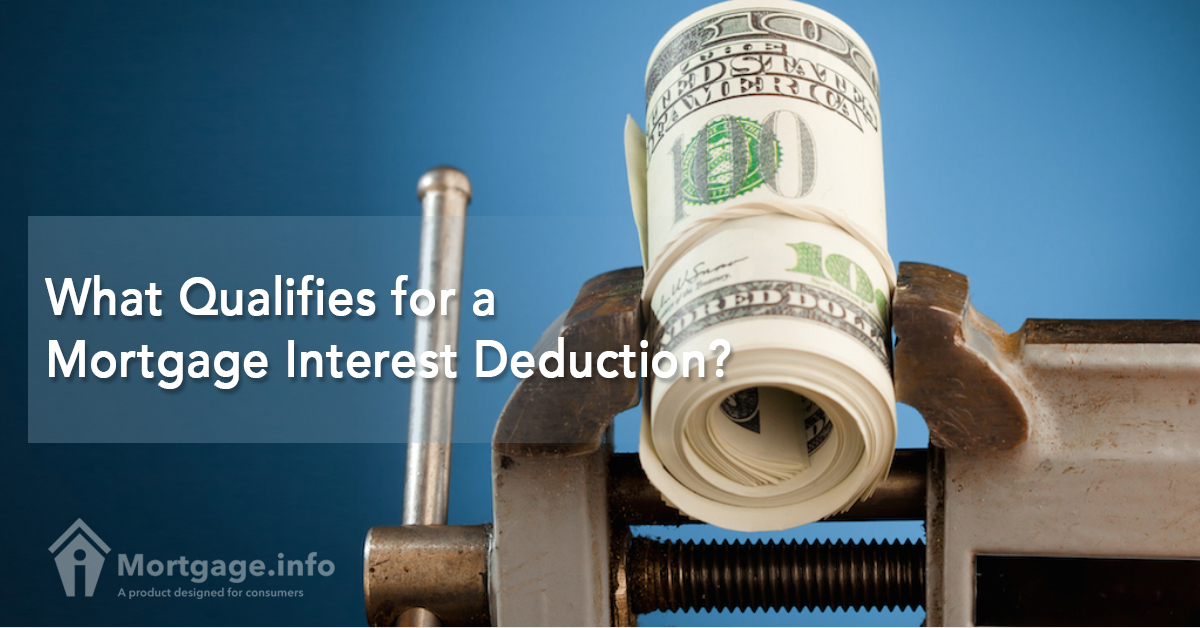The mortgage interest deduction is hailed as an important driver of the housing industry. It incentivizes those who buy homes and itemize their tax deductions. Recently, the IRS has stepped up its scrutiny on tax deductions from mortgage interest. While the move does not threaten the existence of the MID, it does point to changes that homebuyers and homeowners especially looking to refinance should be wary of. In this article, we shall discuss what qualifies for a mortgage interest deduction and what is reported to the IRS.
A Full Mortgage Interest Deduction
Generally speaking, you can avail of a full mortgage interest deduction if all of your mortgages (first and second mortgages) meet one or more of the IRS’s three categories:
- Grandfathered debt. Mortgages must be taken out on or before 13 October 1987.
- Home acquisition debt. Mortgages that were taken out after 13 October 1987 and used to buy, build or substantially improve the home must total, together with any grandfathered debt, (a) $1,000,000 or less for married spouses filing a joint return and (b) $500,000 or less for married spouses filing separately.
- Home equity debt. Mortgages that were taken out after 13 October 1987 but are not home acquisition debt, as defined above, must total (a) $100,000 for married couples filing jointly and (ii) $50,000 for married couples filing separate returns.
Three Classifications of Mortgage Debt
Home Acquisition Debt
You can treat a mortgage debt totaling $1,000,000 or $500,000 as home acquisition debt. This limit will include the grandfathered debt and any amount exceeding this limit, such as for substantial improvements, will be treated as home equity debt. A substantial improvement is defined as any improvement that adds value to the home, prolongs its useful life and adapts it to new uses.
- Refinance. The refinance debt can be treated as a home acquisition debt only up to the outstanding balance of the original balance before the refi. Say you’ve taken out a new mortgage totaling $500,000 and had a previous balance of $300,000 on your old $500,000 mortgage. Only the $300,000 will be treated as home acquisition debt.
- Qualify later. A mortgage that has not previously qualified for a home acquisition debt could qualify for later. This happens when the mortgage did not secure the home or the property was not a qualified home then.
- Buy, build or improve NOT. Even if you don’t use the mortgage proceeds for buying, building or improving the home, it could still qualify for as home acquisition debt.
- The home is bought within 90 days before or after the origination date of your mortgage.
- The home is built or improved on and you have taken out a mortgage after the work is done.
- The home is built or improved on and you have taken out mortgage within 90 days after the work was completed.
Home Equity Debt
A home loan that you took out for reasons other than buying, building or improving the home can be treated as a home equity debt. It must be a mortgage that was taken out after 13 October 1987 and has these attributes:
- Does not qualify as a grandfathered debt or home acquisition debt, and
- Its repayment secured by your qualified home.
There is a limit to what can be treated as a home equity debt, that is the combined home equity debt of the primary and second home is smaller of:
- $100,000 or $50,000 for those married couples filing separately, or
- The total of each home’s fair market value minus the home acquisition debt and grandfathered debt.
Grandfathered Debt
It is a mortgage you took, before 14 October 1987. To qualify as a grandfathered debt, it must have been secured by your qualified home on 13 October 1987 and at all times thereafter. Unlike the home acquisition debt and home equity debt, it does not matter how you use the loan proceeds.
Indeed, all the mortgage interest you paid on a mortgage debt is fully deductible. The grandfathered debt however is factored into the $1 million limit for home acquisition debt and the limit for the home equity debt.
If you have refinanced your grandfathered debt after 13 October 1987 for or about the outstanding mortgage principal, the debt will still be considered as grandfathered debt. However, if the new debt exceeds the original grandfathered debt, it may be treated as a home acquisition debt or home equity debt
Furthermore, if you have taken out a line of credit mortgage on 13 October 1987 and borrowed more against it thereafter, the additional amounts either become a home acquisition debt or home equity debt.
Mortgage Interest Statement
Your lender is required to furnish Form 1089 to the IRS to show much you paid in mortgage interest, points, and mortgage insurance premiums, which could be included in the mortgage interest deduction.
The Form 1098 or mortgage interest statement as it currently stands asks for these details:
- Mortgage interest received from borrower or payer
- Outstanding mortgage balance as of 1 January 2017
- Mortgage origination date
- Refund of overpaid interest
- Mortgage insurance premiums
- Points paid on purchase of principal residence
- If the address of the property securing the mortgage is the same as the payer’s/borrower’s address
- Address of property securing the mortgage
- If property securing the mortgage has no address, provide description of the property
- Number of mortgage properties
- Others
One expert notes that this wealth of information could hit refinance transactions as the outstanding mortgage balance is taken note of year after year, potentially limiting the mortgage interest deduction.

